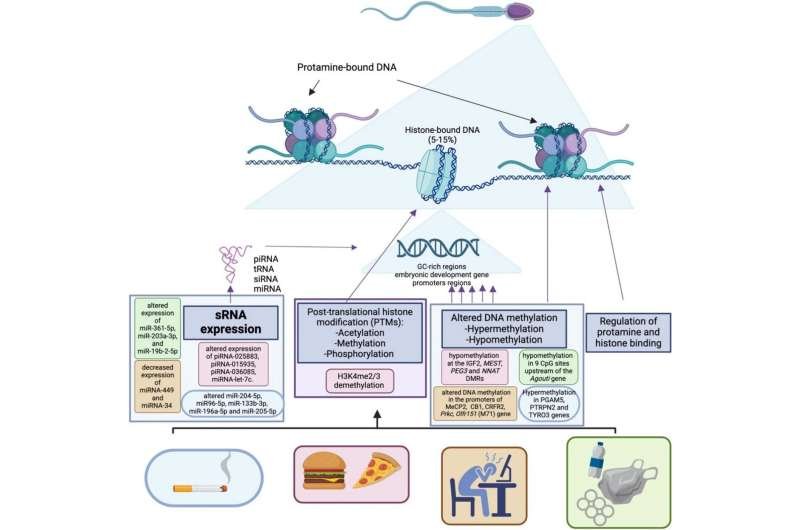
Visceral fat, the deep abdominal fat surrounding vital organs like the liver, pancreas, and intestines, poses serious health risks, including diabetes, heart disease, stroke, and fatty liver. Interventional cardiologist Dr Pradip Jamnadas explains that excessive sugar intake elevates insulin levels, promoting the storage of harmful visceral fat. He highlights fasting as a powerful strategy to target this dangerous fat effectively. By lowering insulin and triggering the body to burn stored fat for energy, fasting not only reduces abdominal fat but also improves metabolism, lowers inflammation, and supports long-term heart and metabolic health. Take a look
How high insulin levels contribute to visceral fat accumulation
In a discussion on The Diary Of A CEO shared on Instagram, Dr Jamnadas explained the link between sugar intake, insulin, and visceral fat. Frequent consumption of glucose-rich foods stimulates the pancreas to produce insulin. When glucose intake is constant, insulin levels remain chronically high, which can lead to insulin resistance. In this condition, the body requires even more insulin to manage blood sugar, creating a metabolic environment that promotes fat storage.Dr Jamnadas emphasises that this persistent high insulin background encourages the liver to store glucose as fat, leading to fatty liver. Simultaneously, the body produces new fat around internal organs, contributing to visceral fat accumulation. Unlike subcutaneous fat, visceral fat is particularly harmful because it wraps around internal organs and triggers inflammation, making it a major risk factor for cardiometabolic diseases.A study published in NIH compared intermittent fasting combined with protein pacing to caloric restriction. Results showed that the intermittent fasting group experienced a 33% reduction in visceral fat mass, compared to a 14% reduction in the caloric restriction group, despite similar energy intake and physical activity levels.
The dangers of chronic high insulin on metabolism
Dr Jamnadas warns that long-term elevated insulin has destructive effects on metabolism, even in people with normal blood sugar. “Any hormone that stays in your body for a long time, the body becomes immune to it. So now you produce a whole bunch of insulin to bring that sugar down,” he explains.This insulin-driven process forces the body to convert excess glucose into visceral fat, primarily around the pancreas and liver. High insulin not only leads to fat storage but also promotes inflammation and metabolic dysfunction. Additionally, it can impair blood sugar regulation, elevate triglyceride levels, increase oxidative stress, and interfere with appetite signals, making weight management and metabolic control even more challenging. Over time, this hidden fat releases harmful compounds, disrupts hormone activity, slows metabolism, and increases the likelihood of insulin resistance, heart disease, and fatty liver, worsening long-term health outcomes. It can also impair immune function, alter appetite-regulating hormones, and reduce energy efficiency, creating a vicious cycle of fat accumulation and metabolic strain. This explains why diets high in sugar, even without overt weight gain, often result in an enlarged abdomen and increased visceral fat—a silent health risk many people overlook.
Fasting as an effective strategy to target visceral fat
Dr Jamnadas highlights fasting as one of the most effective ways to combat visceral fat. When you fast, your insulin levels drop because the pancreas is not being stimulated to release insulin. Lower insulin allows the body to access stored fat as a source of energy rather than relying solely on glucose from food.Unlike simple calorie reduction, which can slow metabolism and lead to both fat and muscle loss, fasting triggers a distinct physiological response. During the first 12 hours of fasting, the body uses glucose stored in the muscles and liver as glycogen. After this period, the body begins mobilising fat reserves, with visceral fat being the first to break down. This makes fasting particularly effective at targeting the harmful, inflammatory fat around vital organs.See more: Weight Loss Tips to Lose Inches of Stubborn Belly Fat in a Healthy Way
The unique metabolic benefits of fasting
Dr Jamnadas explains that fasting does more than just reduce calories, it fundamentally changes how the body uses energy. “When you cut calories, your body senses a deficit and slows metabolism, losing both fat and muscle. Fasting, however, allows your body to pull energy from fat stores without significant muscle loss,” he says.By accessing stored visceral fat, fasting not only reduces abdominal circumference but also lowers inflammation and improves insulin sensitivity. This dual effect helps reduce the risk of heart disease, diabetes, and fatty liver while promoting overall metabolic health. For many individuals struggling with excess abdominal fat, fasting offers a targeted and efficient approach to achieving healthier body composition.Fasting, when combined with a balanced diet and reduced sugar intake, can therefore rapidly improve metabolic health and reduce the risk of chronic diseases. By understanding the science behind visceral fat and insulin, individuals can make informed choices that promote long-term health and vitality. This approach also supports weight management, enhances energy levels, improves mental clarity, and may contribute to a longer, healthier, and more active life.Disclaimer: This article is for general informational purposes only and is not a substitute for professional medical advice, diagnosis, or treatment. Always seek the guidance of a qualified healthcare provider regarding any medical condition or lifestyle change.Also Read: Causes of eye floaters explained: 4 conditions that can affect your sight






